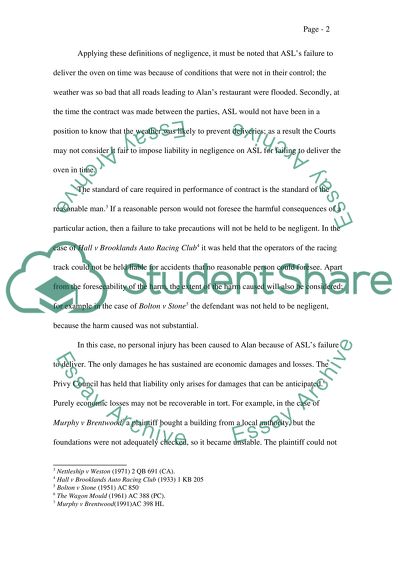Cite this document
(The Standard of Care Required in Performance of Contract Case Study - 7, n.d.)
The Standard of Care Required in Performance of Contract Case Study - 7. Retrieved from https://studentshare.org/law/1550951-contract-law
The Standard of Care Required in Performance of Contract Case Study - 7. Retrieved from https://studentshare.org/law/1550951-contract-law
(The Standard of Care Required in Performance of Contract Case Study - 7)
The Standard of Care Required in Performance of Contract Case Study - 7. https://studentshare.org/law/1550951-contract-law.
The Standard of Care Required in Performance of Contract Case Study - 7. https://studentshare.org/law/1550951-contract-law.
“The Standard of Care Required in Performance of Contract Case Study - 7”. https://studentshare.org/law/1550951-contract-law.


